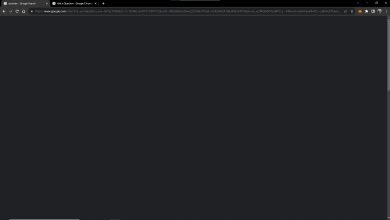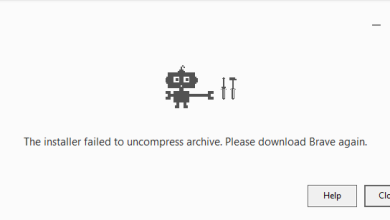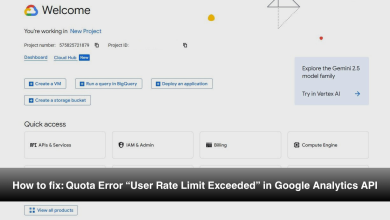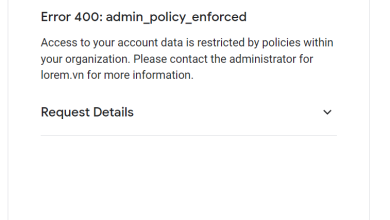How to Fix “File://tmp/error.html” Error in Chrome?
The “file://tmp/error.html” error indicates that Google Chrome is having difficulties loading a local file or website. When this error occurs, users might encounter a blank page or an error message stating that Chrome could not open the requested file or website. This issue can be frustrating, especially for those who frequently rely on accessing local files or websites for work or personal use.
We have created a detailed guide that will guide the user to resolve this error.
1. Clear Browsing cache
Browsing cache refers to temporary data stored by web browsers, such as Chrome, aimed at enhancing website loading speed and overall browsing performance. In certain cases, clearing the browser cache can resolve the “file://tmp/error.html” error.
Outdated or corrupted cache files can lead to problems with website loading and accessing local files. By clearing the cache, you delete stored data, prompting the browser to download fresh versions of website resources. This process effectively eliminates potential conflicts or errors caused by outdated or corrupted cache files.
Here’s how to do so:
- Open the Chrome Browser and in the top-right click on the three-dot menu.

- In the Drop-down menu, Click on Settings.
- Now, Click on Privacy and Security in the left sidebar as shown in the image below

- Click on Clear Browsing Data under the Privacy and Security setting.
- Choose a time frame, preferably “All time”.
- Now, Check the Box next to “Cached Images and files”
- Now, Click on the “Clear data” button to remove the cached files.
2. Disable Chrome extensions
Extensions and plugins can enhance your browsing experience, but they can also cause conflicts with local file access. To check if an extension is causing the error, follow these steps:
- Open Google Chrome.
- Enter “chrome://extensions/” in the address bar and press Enter.

- Disable all the extensions by toggling the switch next to each extension.
- Restart Chrome and check if the error is resolved.
If the error disappears after disabling the extensions, you can re-enable them one by one to identify the problematic extension.
3. Reset Chrome settings
Resetting Chrome settings is a simple procedure that reverts the browser back to its original default state. By undoing any modifications made to its settings and configurations, this process can effectively resolve issues such as persistent errors, performance problems, or unwanted changes caused by malware or undesired extensions.
It offers a reliable solution to restore the browser’s functionality and ensure a smooth browsing experience.
- Open Chrome.
- In the top-right of Chrome’s UI, Click on the Three-dots.
- Click on the Settings option in the drop-down menu.
- Now, Click on the Reset settings option in the left sidebar.
- Click on the “Restore settings to their default state”.
- Click on the Reset settings button when prompted to.
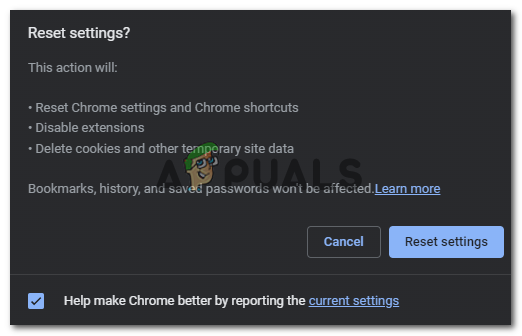
- Wait for a while, and relaunch Chrome.
After relaunching, check if the error persists.
4. Update Chrome to the latest version
Outdated versions of Chrome can often cause compatibility issues. It’s crucial to keep your browser up to date. Follow these steps to update Chrome:
- Inside Chrome, Click on the three dots in the top-right corner.
- Click on the settings option.
- In the left sidebar, Click on About Chrome.
- Chrome will automatically start updating once you’re on this page.

- Once updated, Restart the browser
Upon restart, Check if the issue’s been resolved or not.
5. Reinstall Chrome
If none of the previous methods has resolved the “file://tmp/error.html” error, you can consider reinstalling Chrome. Reinstalling will give you a fresh installation, potentially eliminating any underlying issues. Follow these steps to reinstall Chrome:
- Open the Control Panel on your computer.
- Click on “Programs” or “Programs and Features,” depending on your operating system.
- Locate Google Chrome in the list of installed programs.
- Right-click on Google Chrome and select “Uninstall.”
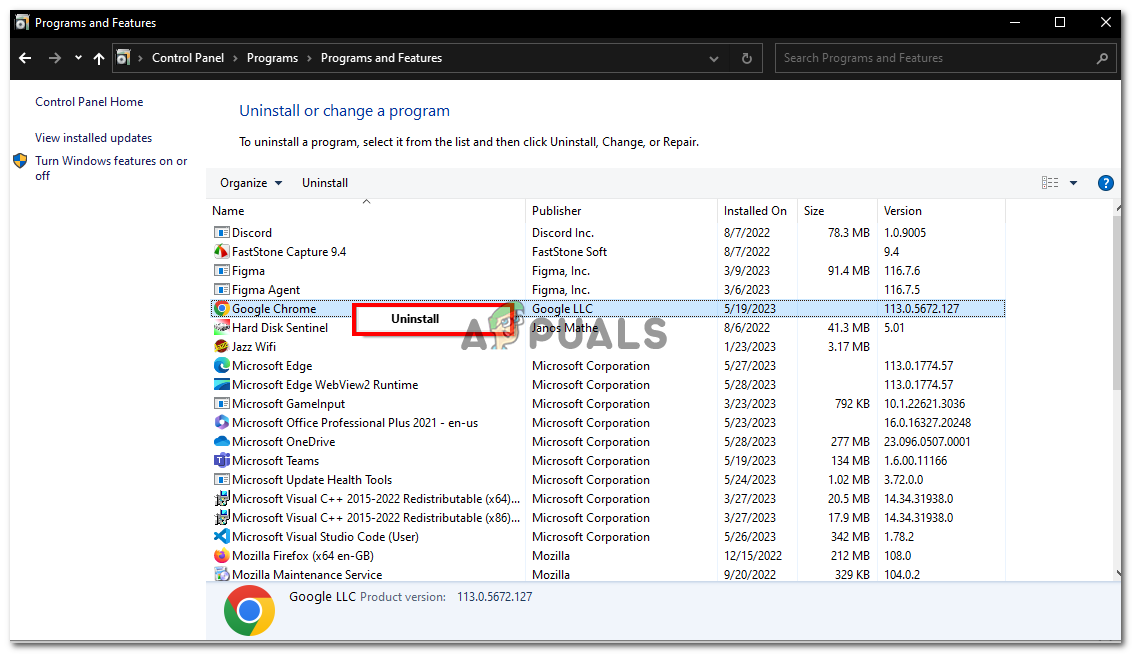
- Follow the on-screen instructions to complete the uninstallation process.
- Download the latest version of Google Chrome from the official website.
- Install Chrome by following the prompts provided during the installation process.
After reinstalling Chrome, check if the error is resolved.
 Reviewed by
Reviewed by 